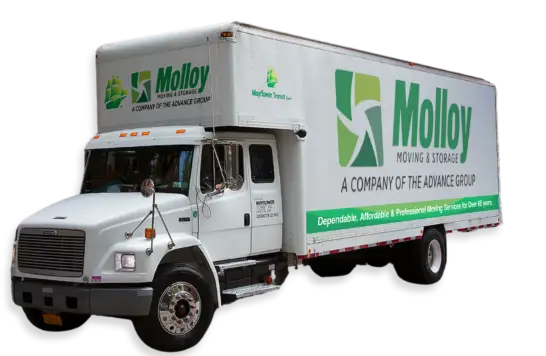Apartment living offers flexibility and convenience, but when it’s time to move, renters face unique challenges that homeowners don’t encounter. From lease requirements to building restrictions, a successful apartment move requires specialized planning and attention to detail. Here’s how to navigate your rental transition smoothly and protect your security deposit in the process.
Review Your Lease Agreement Early
Start by carefully reading your current lease, paying close attention to move-out requirements and notice periods. Most leases require 30 to 60 days’ written notice before vacating. Missing this deadline could cost you an extra month’s rent, even if you’ve already moved out. Document any existing damage with photos to avoid disputes later, and understand what cleaning standards you’ll need to meet to get your full security deposit back.
Check your new lease just as thoroughly. Confirm move-in dates, required deposits, and any building-specific rules about moving trucks or elevator reservations. Some buildings charge fees for moves or require certificates of insurance from your moving company.
Navigate Building Restrictions
Apartment buildings often have strict rules about moving logistics. Contact building management at both locations to understand restrictions on moving hours, elevator usage, and truck parking. Some buildings require reservations for freight elevators or have specific timeframes when moves are permitted.
Ask about loading dock access, dolly requirements, and whether moving trucks can park directly outside the building. Understanding these limitations helps you choose the right moving company and avoid delays on moving day.
Maximize Your Security Deposit Return
Getting your full security deposit back requires meeting specific cleaning and repair standards. Create a move-out checklist based on your lease requirements, which typically include cleaning appliances, removing all personal belongings, and returning the apartment to its original condition.
Focus on areas landlords commonly inspect: kitchen appliances, bathroom fixtures, and any walls with nail holes or scuffs. Schedule a pre-move walkthrough with your landlord if possible, addressing any concerns before your official move-out date. This proactive approach often prevents deposit deductions.
Handle Utilities and Address Changes
Coordinate utility transfers carefully since apartment utilities often work differently than houses. Some buildings include certain utilities in rent, while others require individual accounts. Contact providers two weeks before moving to schedule disconnection and reconnection dates.
Update your address with the post office, banks, subscription services, and any delivery services you use regularly. Don’t forget to notify your employer’s HR department and update voter registration information.
Pack Smart for Apartment Living
Apartment moves often involve navigating narrow hallways, staircases, and tight corners. Pack strategically by using smaller boxes for heavy items and clearly labeling fragile belongings. Disassemble large furniture that might not fit through doorways, and keep assembly tools easily accessible.
Consider the layout of your new apartment when packing. Measure doorways and room dimensions to ensure your furniture will fit comfortably. This planning prevents the frustration of discovering your couch won’t fit through the front door.
Choose the Right Moving Support
Professional movers experienced with apartment relocations understand building requirements and can navigate tight spaces efficiently. Look for companies that provide proof of insurance and understand apartment building protocols. They’ll know how to protect walls and floors during the move while working within building timeframes.
If you’re moving yourself, rent appropriate equipment like furniture pads and straps to protect your belongings and the building’s property. Remember that you’re liable for any damage to common areas during your move.
Timing Your Apartment Transition
Apartment lease cycles often create timing challenges. If you can’t coordinate move-out and move-in dates perfectly, consider short-term storage solutions for your belongings. This option is usually more cost-effective than paying rent on two apartments simultaneously.
Some renters benefit from scheduling their move during weekdays when elevators and loading areas are less busy. While this might require taking time off work, it often results in a smoother moving experience.
Your Next Chapter Awaits
Apartment moving requires extra attention to detail, but proper planning makes the process manageable. By understanding lease requirements, coordinating with building management, and choosing experienced movers, you can transition smoothly between rental properties while protecting your deposits and maintaining positive landlord relationships.
Ready to make your apartment move seamless and stress-free? Our experienced team knows how to navigate building restrictions and tight spaces while protecting your belongings and security deposit. Contact us today to ensure your rental transition goes perfectly.




